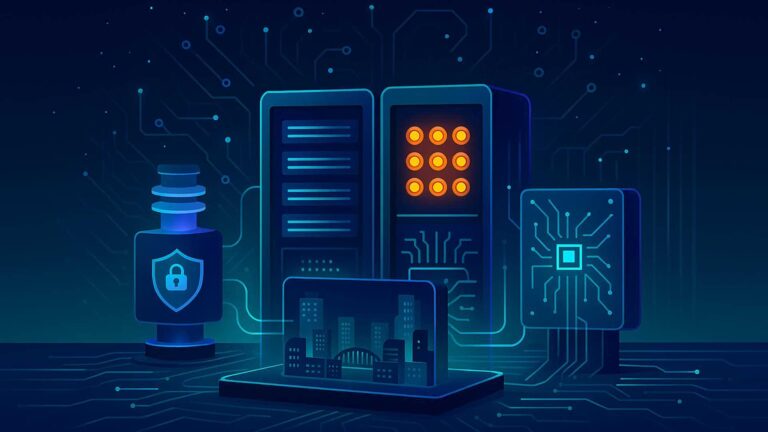Web3 is redefining the digital landscape by introducing a decentralized, user-centric model for the internet. Unlike traditional Web2 platforms that rely on centralized servers and corporate control, Web3 empowers users through blockchain technology, smart contracts, and decentralized applications (dApps). This shift is not just technical—it’s philosophical, aiming to restore ownership, privacy, and transparency in the digital world.
What Is Web3?
Web3 refers to the third generation of internet architecture built on decentralized networks. It leverages blockchain protocols to eliminate intermediaries, allowing users to interact directly with applications and services. Core technologies include Ethereum, Solana, Polkadot, and other blockchain platforms that support smart contracts—self-executing code that governs transactions and logic without centralized oversight.
Web3 is designed to be permissionless, trustless, and interoperable. Users retain control of their data, identities, and digital assets through cryptographic wallets and decentralized identifiers (DIDs). This model contrasts sharply with Web2, where user data is stored and monetized by large corporations.
What Are Decentralized Applications (dApps)?
Decentralized applications are software programs that run on blockchain networks instead of centralized servers. They use smart contracts to execute logic and store data in distributed ledgers. dApps can serve various functions, including finance (DeFi), gaming, social media, marketplaces, and governance.
Key features of dApps include:
- Transparency: All transactions and logic are publicly verifiable on the blockchain.
- Security: Data is encrypted and distributed, reducing the risk of single-point failures.
- Censorship Resistance: No central authority can shut down or alter the application.
- User Ownership: Users control their assets and identities without relying on third parties.
Real-World Use Cases
Web3 and dApps are already transforming industries:
- Finance: DeFi platforms like Uniswap and Aave allow users to lend, borrow, and trade assets without banks.
- Gaming: Play-to-earn games such as Axie Infinity reward users with tokens that have real-world value.
- Social Media: Decentralized platforms like Lens Protocol offer content ownership and monetization without corporate gatekeepers.
- Supply Chain: Blockchain-based dApps track goods transparently across global logistics networks.
Challenges and Considerations
Despite its promise, Web3 faces several hurdles:
- Scalability: Blockchain networks must handle increased transaction volumes without compromising speed or cost.
- User Experience: Wallets, gas fees, and technical complexity can deter mainstream adoption.
- Regulatory Uncertainty: Governments are still defining legal frameworks for decentralized technologies.
- Security Risks: Smart contract vulnerabilities and phishing attacks remain concerns.
The Road Ahead
Web3 and decentralized applications are still in their early stages, but momentum is growing. Developers are building more scalable blockchains, layer-2 solutions, and user-friendly interfaces. Interoperability protocols are enabling dApps to communicate across networks, creating a seamless decentralized ecosystem.
As adoption increases, Web3 has the potential to reshape how we interact with digital services—shifting power from corporations to individuals. Whether in finance, entertainment, or governance, decentralized applications offer a more equitable, transparent, and resilient foundation for the future of the internet.
Conclusion: Web3 and decentralized applications represent a paradigm shift in digital architecture. By embracing decentralization, users gain control, transparency, and freedom in an increasingly connected world.












